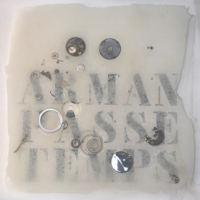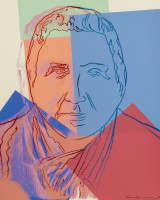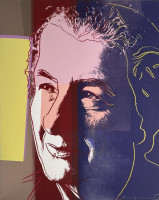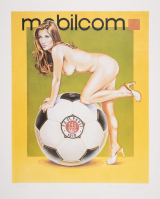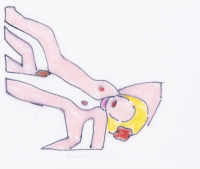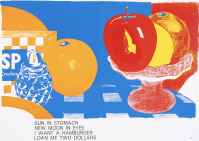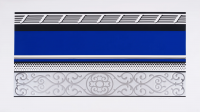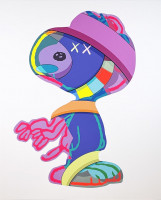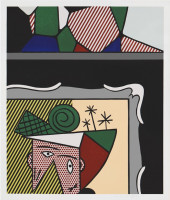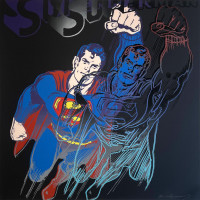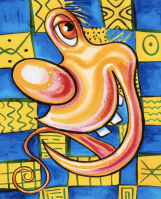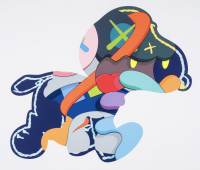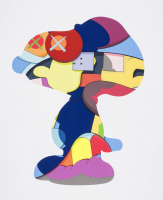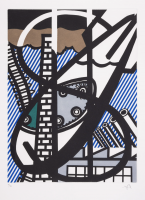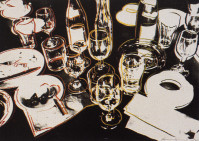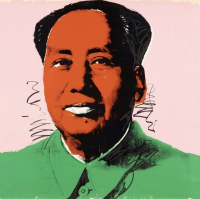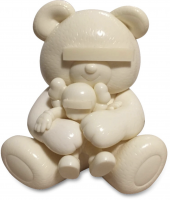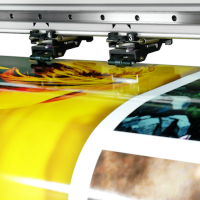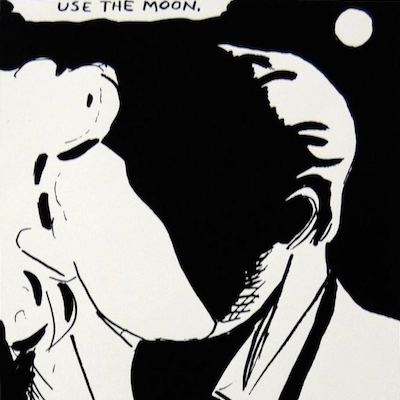
What is Comic Strip Art?
Comic strip art refers to artwork that utilizes the subject matter and commercial printing techniques found in comic strips. In the 1960s, a group of artists began creating paintings that incorporated Ben-Day dots—commonly used in comics and advertising—to produce highly graphic designs in bright colors, using traditional art media.
Show All
- Show All
- Established
- Discoveries
A,B,C
ARTWORKS RELATED TO COMIC STRIP ART
Tom Wesselmann
Study For Sunset Nude With Choker, 2004
Drawing / Watercolor
Pen and ink
Inquire For Price
Tom Wesselmann
Apples and Oranges, from the One Cent Life portfolio, 1964
Limited Edition Print
Lithograph
Inquire For Price
Roy Lichtenstein
Two Paintings, from the Paintings series, 1984
Limited Edition Print
Mixed Media
USD 50,000 - 60,000
Kenny Scharf
Untitled (Grinning Whimsy), 2002
Limited Edition Print
Archival Print
Inquire For Price
Roy Lichtenstein
Illustration for 'Une Fenêtre ouverte sur Chicago' (Corlett 271), 1992
Limited Edition Print
Etching and Aquatint
Inquire For Price
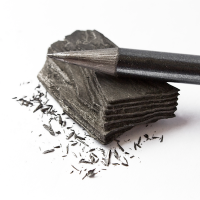
Graphite is a form of carbon commonly used as the core material in pencils. It can be compressed to various levels of hardness, allowing for different shading effects in drawing. In powdered form, graphite can be applied with a brush for broader, softer applications. Graphite erases easily and was first discovered in the 1500s in England's Lake District.
